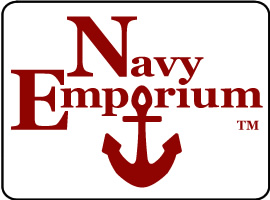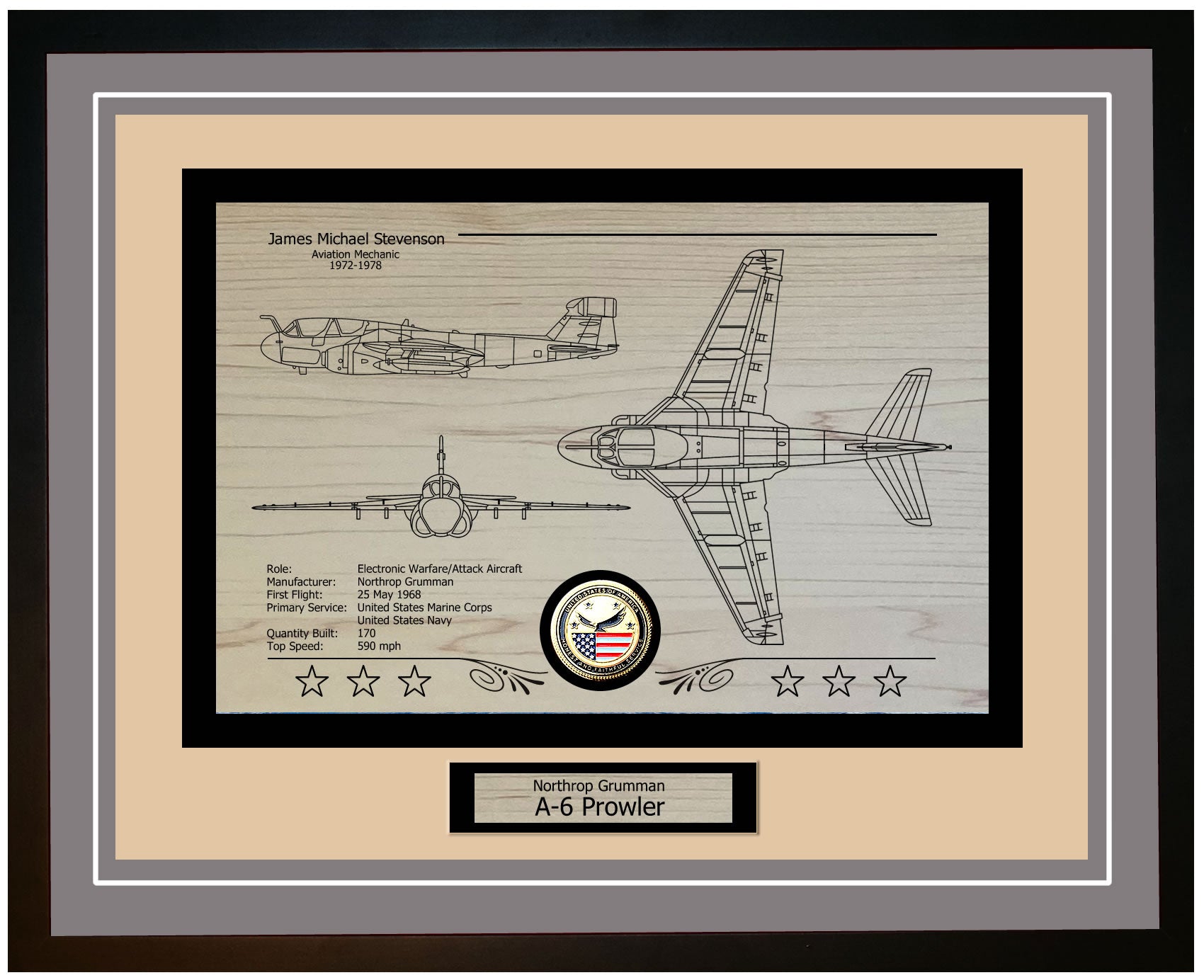The USS Herald (AM 101) was a minesweeper built for the United States Navy during World War II. Constructed at the General Engineering & Dry Dock Company in Alameda, California, its keel was laid on November 17, 1941. The ship was launched on March 28, 1942, and officially entered service on October 23, 1942. The creation of the USS Herald enhanced the Navy's capabilities in warfare, a vital component of naval operations during that period. The swift construction of this vessel showcased the industrial mobilization efforts of the United States, demonstrating its capacity to manufacture warships efficiently.
The USS Herald derived its name from the term "herald," historically associated with a messenger or announcer delivering news. This title was well suited for a ship dedicated to minesweeping duties, as its actions often signaled safe passage for naval and merchant vessels navigating through mined waters. The name also connoted responsibility and alertness, essential qualities for the hazardous task of minesweeping.
A notable characteristic of the USS Herald was its classification as an Auk-class minesweeper. The Auk-class ships were renowned for their construction and versatility, excelling in both minesweeping and anti-submarine warfare operations. Like its counterparts, the USS Herald was outfitted with state-of-the-art minesweeping equipment, including acoustic and magnetic sweep gear. These tools enabled the ship to detect and disarm various types of mines, ensuring safe navigation in challenging waters. Equipped with depth charges and anti-aircraft guns, the USS Herald was capable of defending against enemy submarines and aircraft.
The impact of the USS Herald on the U.S. Navy is significant, highlighting the role of minesweepers in maintaining operational security. Ships like the USS Herald cleared routes of mines, facilitating safe passage for Allied vessels and contributing to the success of numerous naval missions. The ship’s service during World War II underscored the importance of minesweeping tactics, emphasizing the necessity for specialized vessels and skilled crews to handle the intricate and perilous task of mine clearance.
As an Auk-class minesweeper specifically designed for this purpose, the USS Herald exemplified excellence in mine clearance operations. These vessels represented an advancement from their predecessors, boasting enhanced engines, increased range, and upgraded minesweeping gear. The USS Herald and its fellow ships played a crucial role in detecting and clearing mines that posed dangers to both military and commercial vessels. By removing these threats, the USS Herald significantly contributed to the safety and efficiency of operations during the war.
The USS Herald officially joined the U.S. Navy on October 23, 1942, marking the start of its duty. It was promptly sent to zones where it carried out its minesweeping responsibilities with distinction. The commissioning ceremony was filled with pride and excitement as the crew prepared for the risky task of minesweeping. The introduction of the USS Herald into service was a valuable asset for the Navy, providing a vessel capable of safely guiding Allied ships through mined waters and enhancing the success of naval operations during World War II.
USS Herald AM-101: A Detailed Dive into the Structure, Technology, and Armament of a Naval Marvel
The USS Herald (AM 101) was a minesweeper belonging to the Auk class, designed to withstand the challenges of naval warfare and mine-clearing tasks. It measured 221 feet in length, 32 feet in width, and had a draft of around 10 feet. This compact yet robust design enabled the Herald to navigate smoothly through waters filled with mines. The hull was constructed from steel, providing the strength needed to endure the forces encountered during minesweeping operations. The ship's superstructure was designed to present a low profile, making it less visible and reducing its vulnerability as a target for enemy attacks.
In terms of technology, the USS Herald was equipped with advanced minesweeping equipment for its era. It included sweep gear such as the Oropesa sweep, which cut the mooring cables of mines to bring them to the surface for detonation. The ship also featured magnetic minesweeping tools that could deactivate mines triggered by sound or magnetic fields. During World War II, the Herald became an essential asset for ensuring the safety of Allied merchant ships by integrating these advanced technologies.
The USS Herald was well-prepared to defend itself against both surface and aerial threats. It was armed with a 3"/50 caliber dual-purpose gun at the bow, capable of targeting both surface vessels and airborne enemies. Additionally, it had two twin 40mm Bofors anti-aircraft guns for rapid fire against enemy aircraft. The ship also featured multiple 20mm Oerlikon anti-aircraft cannons for comprehensive defensive coverage, ensuring protection for the vessel and its crew during minesweeping operations.
Beyond its defensive capabilities, the USS Herald was equipped with depth charges for submarine warfare. These charges could be launched from racks or "K guns" to detect and target enemy submarines lurking beneath the surface. With its combination of minesweeping technology and diverse armaments, the USS Herald proved to be a versatile vessel capable of undertaking various missions beyond its primary purpose. This adaptability showcased the creativity and forward-thinking of its designers, ensuring that the Herald could meet the evolving needs of warfare throughout its service.
USS Herald AM-101 Crew Member Reports of Time Aboard
USS Herald AM-101: Evolution of a Naval Sentinel
The USS Herald (AM 101) underwent a series of upgrades during its service life to maintain its significance as an asset for the U.S. Navy's mine warfare operations. Initially put into service in 1943 as an Auk-class minesweeper, the Herald was equipped with advanced minesweeping technology designed to detect and deactivate naval mines. Over time, the ship received improvements, including enhanced sonar systems, more efficient engines, and upgraded communication devices. These enhancements not only prolonged the ship's lifespan but also increased its effectiveness in various maritime environments, from shallow coastal waters to deeper ocean expanses.
The mission capabilities of the USS Herald were diverse, adapted to meet the evolving needs of warfare. Primarily focused on mine countermeasure activities, the Herald played a crucial role in ensuring safe passage for Allied naval and commercial ships during World War II. Its ability to remove mines from waterways and harbors was critical in major operations, such as the invasions of Normandy and Southern France. In addition to its minesweeping responsibilities, the Herald also carried out tasks like escorting convoys, engaging in anti-submarine warfare efforts, and conducting search and rescue missions. The Herald's versatility proved invaluable in both military and civilian operations.
During World War II, the USS Herald's minesweeping activities were essential in neutralizing Axis mines, safeguarding Allied shipping routes, and supporting amphibious assaults. Its presence in both the Pacific and Atlantic theaters highlighted its significance by facilitating the safe transportation of troops, supplies, and equipment vital for wartime efforts. Following the war, the Herald continued to excel by participating in training exercises that enhanced U.S. Navy mine countermeasure capabilities.
In essence, the USS Herald (AM 101) demonstrated the adaptability and resilience of the U.S. Navy's warfare fleet. Through upgrades and a wide array of mission capabilities, the Herald maintained its effectiveness over time. Its contributions during World War II and beyond were crucial in ensuring security and operational excellence for the U.S. Navy. The enduring legacy of the USS Herald underscores the importance of mine countermeasure vessels in strategy and highlights how technological innovation sustains superiority.
USS Herald AM-101: A Chronicle of Valor and Service on the High Seas
In Section IV, the USS Herald (AM 101) played a crucial role in naval operations throughout its service history. Commissioned during World War II, the vessel was responsible for clearing mines to ensure safe passage for Allied ships in the Atlantic and Pacific theaters. Its deployments included locations such as the waters near North Africa, where it supported Operation Torch, the invasion of French North Africa in 1942. The meticulous and perilous work carried out by the Herald in these mine-filled waters helped secure beachheads and facilitate the movement of troops and supplies.
Later in World War II, the USS Herald was reassigned to the Pacific theater, where it continued its minesweeping duties in preparation for assaults. Notably, during the Battle of Okinawa in 1945—one of the major operations of the Pacific War—the Herald’s efforts in clearing mines around Okinawa were pivotal in enabling Allied forces to establish a foothold that eventually led to the capture of the island. The crew bravely faced dangers from both mines and enemy aircraft, demonstrating their courage and commitment under challenging circumstances.
The USS Herald was honored for its service with awards and commendations. It received battle stars for its role in key World War II operations, showcasing the ship's effectiveness and the crew's dedication to their mission. These honors not only recognized the Herald's impact but also highlighted its significant contributions to Allied victories in Europe and the Pacific.
Following World War II, the USS Herald continued its service through missions, including mine-clearing efforts to ensure safe passage for ships. Although it was eventually decommissioned, the ship's legacy lives on through its accolades and battle stars. The Herald's service remains a part of U.S. Navy history, demonstrating the bravery and expertise of its crew during challenging 20th-century operations.
USS Herald AM-101 Ship Specifications
| Specification | Details |
|---|---|
| Class | Auk Class Minesweeper |
| Commissioned | March 23, 1943 |
| Displacement | 890 tons |
| Length | 221.2 feet |
| Beam | 32.2 feet |
| Draft | 10.8 feet |
| Speed | 18.1 knots |
| Complement | 105 |






